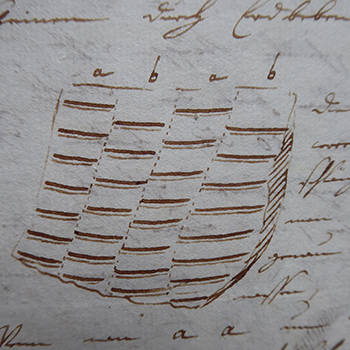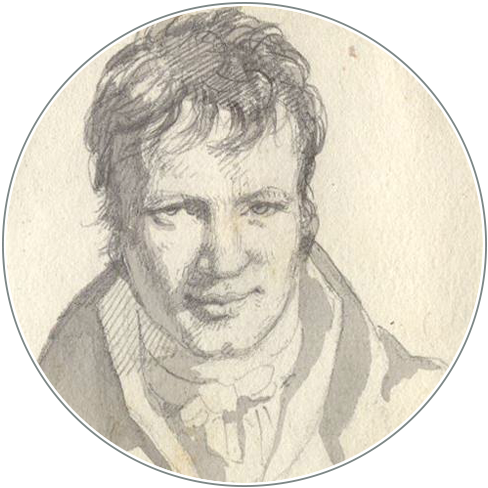Alexander von Humboldt und Ulrich Jasper Seetzen – Auf den Spuren eines Helgoland-Briefs
DOI:
https://doi.org/10.18443/344Keywords:
Ulrich Jasper Seetzen; HelgolandAbstract
Zusammenfassung
Die beiden Forschungsreisenden Alexander von Humboldt und Ulrich Jasper Seetzen haben sich während der gemeinsamen Studienzeit in Göttingen kennengelernt und sich dort über ihre Arbeiten zur Naturkunde ausgetauscht. Später brach Seetzen, wie Humboldt, zu einer großen Expedition auf, die ihn als ersten Europäer durch das zentrale Afrika führen sollte. Seine Forschungen im Nahen Osten gelten bis heute als Pionierleistungen der Orientalistik. Das Unternehmen fand auf der arabischen Halbinsel ein vorzeitiges, tragisches Ende.
Über die Beziehung der beiden Kommilitonen während ihrer Göttinger Zeit war bislang wenig bekannt. Ein kürzlich entdecktes Brieffragment ermöglicht neue Einblicke. Es erweist sich als eine Abschrift Seetzens aus einem bislang unbekannten Brief des einundzwanzigjährigen Humboldt über dessen Helgolandreise 1790. Im Zusammenhang mit weiteren Quellen kann diese Jugendfreundschaft nun besser bewertet werden.
Summary
Alexander von Humboldt and the Frisian naturalist Ulrich Jasper Seetzen met in 1789 during their studies at the University of Göttingen. They shared common scientific interests in natural history. Later Seetzen, like Humboldt, conducted a multidisciplinary expedition which was meant to encompass the Middle East, Arabia and, as a final destination, central Africa which he intended to traverse as the first European traveller. The expedition came to an abrupt end in Yemen.
This short description of Seetzen’s life and work focuses on his early relation to Humboldt. The paper centers around an investigation of a manuscript written by Seetzen which turns out to be an excerpt of a so far unknown letter by the 21-year-old Humboldt featuring a short observation abstract of his journey to the North Sea island Helgoland in 1790.
Résumé
Les deux voyageurs scientifiques Alexandre de Humboldt et Ulrich Jasper Seetzen se sont connus au cours de leurs études universitaires à Goettingen. Ce fut là qu’ils se sont échangés sur la connaissance de la nature. Comme Humboldt, Seetzen partit pour une grande expédition qui devait le conduire, en tant que premier Européen, à l’Afrique centrale. Ses recherches au Proche-Orient sont considérées, aujourd’hui même, comme des travaux pionniers de l’orientalisme. A la péninsule arabe, son entreprise échoua d’une façon tragique.
Peu de chose est connu, jusqu’à présent, de leurs relations pendant leurs études à Goettingen. Le fragment d‘’une lettre récemment découverte nous permet d’en savoir plus. Il s’agit de la copie de la main de Seetzen d’une lettre, inconnue jusqu’à maintenant, du jeune Humboldt âgé de 21 anssur son voyagew à lîle de Helgoland en 1790. A l’aide d’autres sources en plus, l’amitié entre les deux jeunes peut être évalué d’une façon plus précise.

Downloads
Published
How to Cite
Issue
Section
License
Copyright (c) 2022 Eberhard Schulz-Lüperetz

This work is licensed under a Creative Commons Attribution-NonCommercial 4.0 International License.
HiN operates under a Creative Commons-Licence (CC BY-NC 4.0), which permits the reproduction of articles, free of charge, for non-commercial use only and with the appropriate citation information. All authors publishing with HiN accept these terms of publication.
Authors retain the copyright for their articles and reviews. Copyright of the layout and design of HiN articles remains with the journal and cannot be used in other publications.









